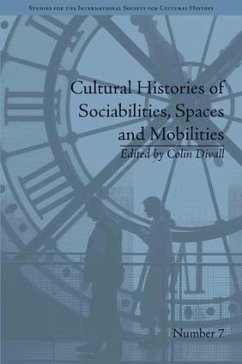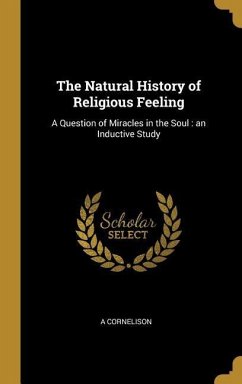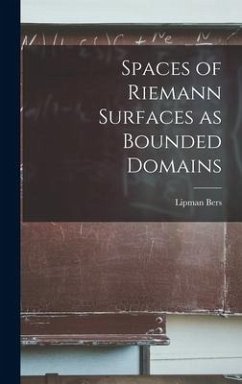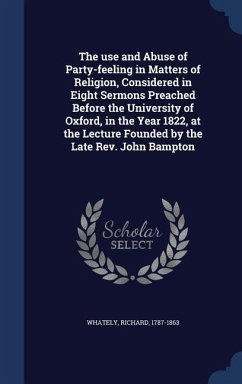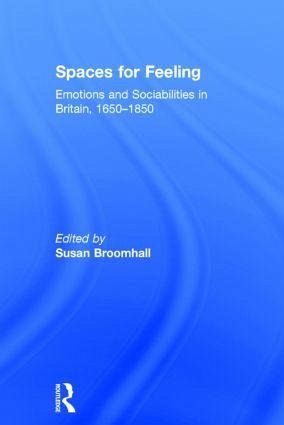
Spaces for Feeling
Emotions and Sociabilities in Britain, 1650-1850
Herausgeber: Broomhall, Susan
Versandkostenfrei!
Versandfertig in 1-2 Wochen
168,99 €
inkl. MwSt.

PAYBACK Punkte
84 °P sammeln!
Spaces for Feeling explores how English and Scottish people experienced sociabilities and socialities from 1650 to 1850, and investigates their operation through emotional practices and particular spaces. It highlights the forms, practices, and memberships of these spaces for feeling and charts the shifting conceptualisations of emotions that underpinned them. From clubs and societies to families and households, essays examine how emotional practices could sustain and create particular associations and social communities. Case studies analyse a series of contemporary sources to produce a dynam...
Spaces for Feeling explores how English and Scottish people experienced sociabilities and socialities from 1650 to 1850, and investigates their operation through emotional practices and particular spaces. It highlights the forms, practices, and memberships of these spaces for feeling and charts the shifting conceptualisations of emotions that underpinned them. From clubs and societies to families and households, essays examine how emotional practices could sustain and create particular associations and social communities. Case studies analyse a series of contemporary sources to produce a dynamic new vision of how communities were shaped and cohered through social practices of feeling.




